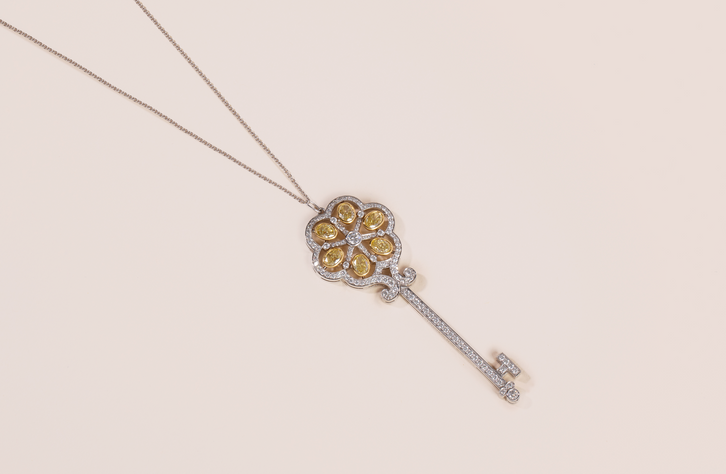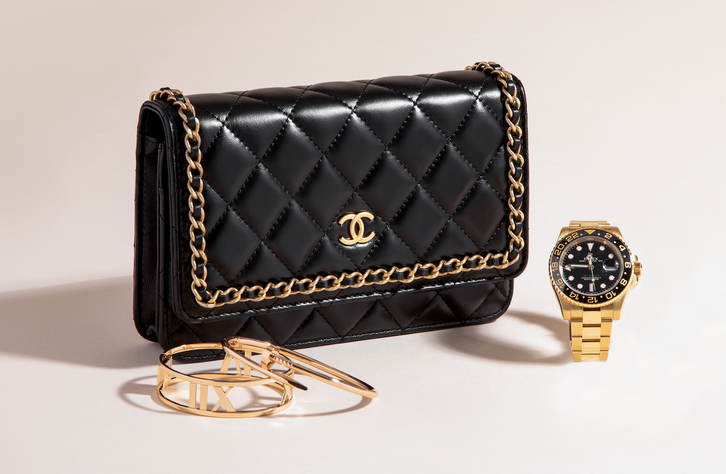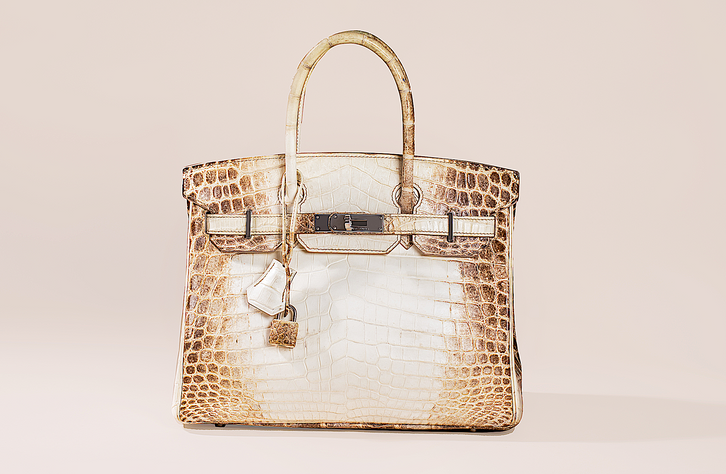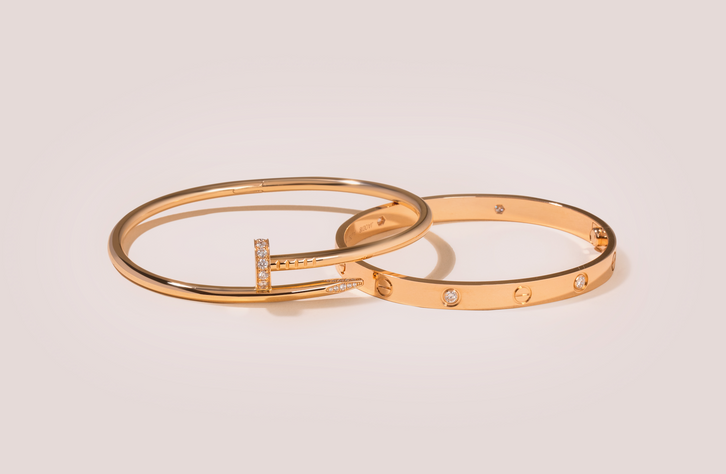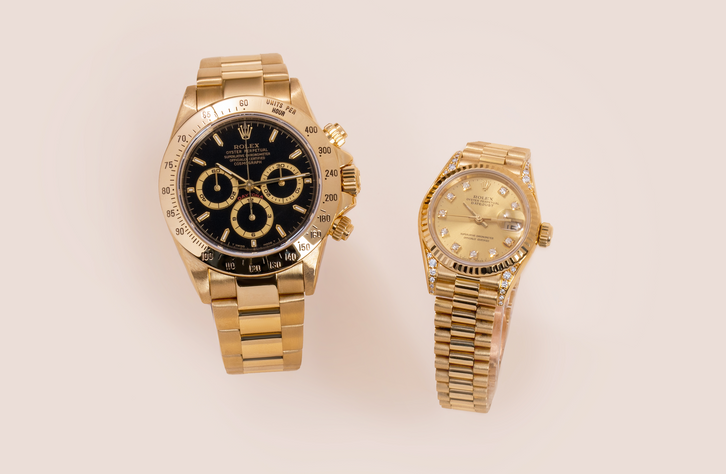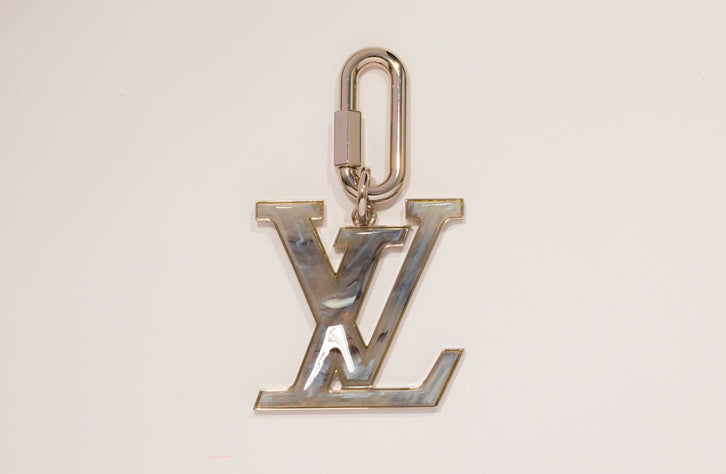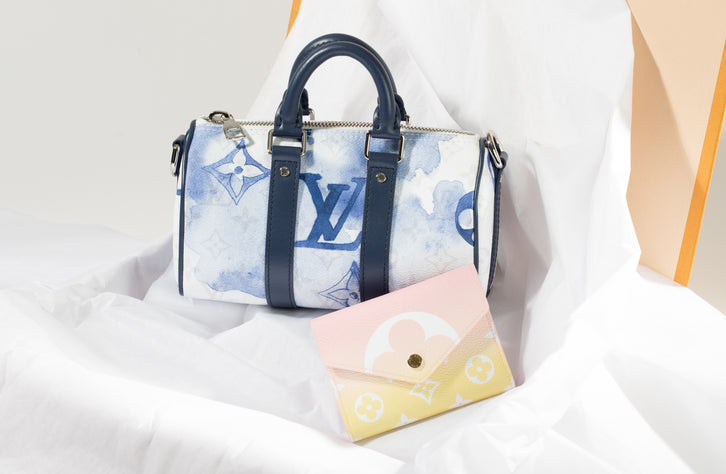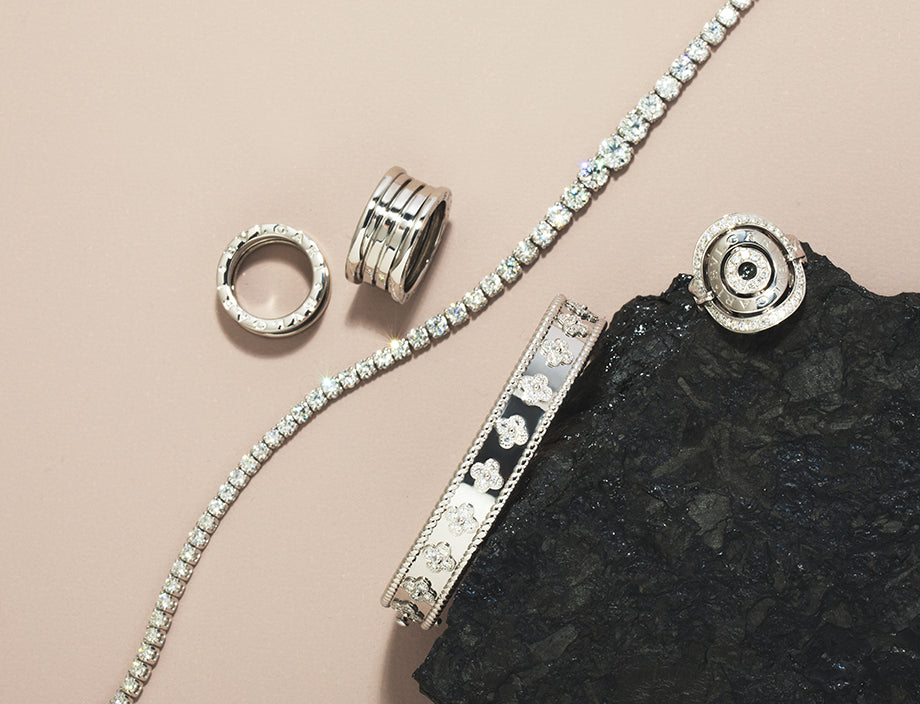Many of the most captivating diamonds in the world are blue, from the famous Hope Diamond to the $80-million Wittelsbach-Graff Diamond. myGemma is a BBB A+ rated company that offers a quick, secure service for selling your blue diamonds. Fill out the online form and one of our experts will be in touch shortly with an initial price offer.
Best Way To Sell Blue Diamonds
Click on one of our tips for selling blue diamonds for more information.
- How much is my blue diamond worth?
- How to sell your blue diamond
- What types of blue diamonds can I sell?
- What if my diamond is grayish blue?
How Much Is My Blue Diamond Worth?
Because of their rarity, blue diamonds can be incredibly valuable. Over the past few decades, as the demand for blue diamonds has grown, their worth has steadily increased. The ultimate value of your blue diamond depends on a few primary factors:
1. Color
Color is the largest determinant of your blue diamond’s value. The color of your gem can be analyzed based on three attributes—hue, saturation, and tone. Hue refers to the actual color of your diamond. Many blue diamonds exhibit shades of gray, green, or violet. The more pure the blue color of your diamond, the higher its value. Tone signifies how light or dark the color of the diamond is, and saturation refers to the strength or weakness of the color. Blue diamonds with a higher saturation are generally more valuable. Fancy color diamonds are ranked from fancy light to fancy to fancy dark to fancy intense to fancy deep to fancy vivid, depending on the saturation and tone of the diamond’s color. Where your blue diamond falls on this scale will largely determine its value.
2. Cut
The cut of a diamond can affect the intensity of its color, altering its value. Certain cuts are rarer (such as a blue emerald cut) and also higher in demand on the market than others.
3. Clarity
The clarity of a diamond refers to how flawless the diamond is. The fewer inclusions, or flaws, that your diamond contains, the greater its worth.
4. Carat
Simply put, the higher the carat weight of your diamond (i.e. the bigger it is), the more valuable it is.
5. Market Conditions
The market conditions have a large impact on the price you will receive for your blue diamond. If your style of diamond is in high demand on the market at the time of sale, its value will be greater.
How To Sell Blue Diamonds
Once you are ready to sell blue diamonds, there are three simple steps to complete the process:
1. GATHER INFORMATION
The first step to selling blue diamonds is to gather as much information about your diamond as possible, including any certificates or appraisals you may have. Providing the GIA certificate to your potential buyer will help you receive an accurate price quote and top dollar.
2. CHOOSE THE RIGHT SELLER
One of the most important steps to ensure you have a satisfactory selling process is picking the right blue diamond buyers.
Where Can I Sell My Blue Diamond?
| Selling Option | Information |
| Pawnshop | While a pawnshop may be a quick way to get cash for your blue diamond, pawnshop owners are likely not knowledgeable about fancy colored diamonds and are not prepared to price your item competitively, as they will likely turn it around for a quick profit by selling to a specialized, colored diamond buyer. |
| Auction House | An auction house can seem like an easy method for selling your diamond, but it can be a lengthy process with high fees and no guarantee of sale. Furthermore, the reserve may be set low and someone might snap it up at a bargain! |
| Jeweler on Consignment | Many jewelers will struggle to sell such a high-end diamond. Additionally, jewelers charge high fees when selling on consignment. Once again this is a lengthy process with no guarantee of a (timely) final sale or good price. |
| Online Specialist Buyer | A specialized, online colored diamond buyer has the right expertise to accurately assess your item and offer competitive pricing. The process is easy and speedy payment is guaranteed. |
3. SELL
Once you have chosen the best selling option for your needs, it is time to sell. If you have decided that selling through an online specialist, myGemma is here to help. Fill out the online form to begin the process and receive payment in as little as 24 hours.
myGemma can offer more money for your blue diamonds than a local jeweler or pawnshop. Because of myGemma’ considerable size and secure financial backing, we are in the perfect position to make large purchases of fancy colored diamonds.
Established in NYC in 2012, we have grown to become a truly international diamond buyer with offices in the UK, Tokyo and Hong Kong. myGemma’ global scope ensures that we have access to current international pricing and are able to offer a competitive price for your good. Our GIA trained gemologists are colored diamond experts and able to accurately value your fancy colored diamonds.
Just like your fancy colored diamonds, our process is unique.
What Types Of Blue Diamonds Can I Sell?
- GIA certified
- Weighs 0.20 carats or larger
- Light blue color to fancy deep blue
- Natural blue diamonds (we do not buy treated blue diamonds)
- Blue diamond jewelry
What If My Diamond Is Grayish Blue?
Many fancy blue diamonds exhibit a gray hue. myGemma purchases an array of blue and gray diamonds of varying intensities.
Some of the most famous blue diamonds, including the Hope Diamond, are actually blue diamonds with a gray tint. These diamonds are called either grayish blue or gray blue diamonds. When describing colored diamonds, the adjectives “grayish” and “gray” are considered modifying colors and blue is considered the primary color.
- Grayish blue diamonds - Exhibit some gray color but are primarily blue (ie. 25% gray and 75% blue)
- Gray blue diamonds – Exhibit a strong gray color but are still primarily blue (ie. 40% gray and 60% blue)
Important to know:
- If the modifying color is more valuable than the primary color, the modifier will increase the value of the gem.
- If the modifying color is less valuable than the primary color, the modifier will decrease the value of the gem.
- Because gray is a less valuable stone color than blue, blue diamonds with gray modifiers are less valuable than pure blue diamonds. Yet, because grayish blue and bluish gray diamonds are still incredibly rare, they hold tremendous value.
- Many gray diamonds exhibit a blue hue and are called bluish gray or blue gray diamonds. Blue gray diamonds may look very similar in appearance to gray blue diamonds.
